Why spray pattern consistency matters in composite and foam bonding
When it comes to composite bonding, the difference between a flawless finish and a costly rework often comes down to spray pattern consistency. Mastering the art of consistent spray application can help manufacturers maximise productivity, reduce waste, and ensure each bond is as strong as the last. With our sprayable hot melt adhesives and applicators, it’s easy to get it right every time.
Why spray pattern consistency is vital for composite and foam bonding
In sectors like vehicle fit-outs, product assembly, and shop fitting, the ability to bond composite panels and foams cleanly and reliably is crucial. Whether securing acoustic foam in a van lining or bonding rigid panels for a retail fixture, spray pattern consistency plays a major role in ensuring durability, aesthetics, and performance.
Inconsistent application can result in weak bonds, overspray, or uneven coverage which can lead to rework, waste, or even premature failure. Too little adhesive may cause materials to lift or delaminate, while excessive adhesive can add unnecessary weight, affect the look and feel of the finished product, or interfere with functionality.
Achieving a uniform spray pattern helps ensure the right amount of adhesive is delivered precisely where it’s needed (especially over large surface areas), supporting clean assembly, repeatable quality, and faster throughput.
How do you achieve consistent spray patterns with hot melt adhesives?
Maintaining consistent spray patterns with hot melt adhesives requires careful control over several variables:
- Nozzle selection and maintenance: Applicators can be equipped with a variety of nozzle types to produce different spray patterns and widths. These nozzles should be regularly inspected and cleaned to prevent clogs that may disrupt the spray pattern.
- Distance from substrate: Spraying adhesive too close to the substrate can cause an over-concentration of adhesive, increasing setting speeds, while being too far away may result in overspray and poor pattern definition. Maintaining a consistent distance between the applicator nozzle and the substrate will result in more consistent application.
- Application speed and technique: Moving the spray gun at a steady, appropriate speed will help to avoid overly thick or thin adhesive patches.
- Environmental conditions: Differences in temperature or humidity can affect the adhesive’s open time, leading to potential bonding issues when substrates are compressed. Monitoring and adjusting for these conditions ensure consistent bonding in line with the adhesive’s specifications.
Adjustable spray settings
Given the number of factors that need accounting for, applicators that come with adjustable spray settings offer invaluable tools for creating consistent adhesive patterns. These devices enable manufacturers to fine-tune adhesive coverage, reduce waste, and avoid patchy bonds or overspray. Everything from nozzle size to pressure can be adjusted, facilitating smooth, even adhesive application. Patterns can also be adjusted by modifying the air pressure, the distance the tool is from the substrate, and by adjusting the air regulation screw on the back end of the tool.
The Power Adhesives solution
Power Adhesives’ sprayable hot melt system is a revolutionary technology for the fast and efficient application of hot melt adhesives. This combination of advanced Tecbond adhesives and Tec applicators brings spray capability to offer a convenient, cost-effective, and consistent method for applying adhesive over large areas without compromising bond strength.
Compared with conventional adhesives, sprayable hotmelt formulations like Tecbond 425 swap hazardous propellants for compressed air to create a safer, consistent application. The adhesives themselves are made of 100% solid hot melt adhesive slugs and solvent-free, eliminating harmful volatile organic compound (VOCs) and protecting employees by creating a safer working environment.
Although Tecbond adhesives are predominantly used for bonding foam and heat sensitive materials like EPS, the range can adhere to almost any substrate, including many challenging materials like certain plastics. Available in five grades, this means that sprayable Tecbond adhesives offer a solution for most bonding applications, from pallet stabilisation to product assembly. This system has been successfully implemented across multiple industries to redefine large-scale bonding, and applications involving heat-sensitive substrates.
Excellence in applicators
These adhesives are designed to work seamlessly with our Tec 6300 and Tec 7300 applicator guns, which can be equipped with multiple different nozzles to tailor spray patterns for the required application, with options for narrow, medium, and wide-angle spray.
The Tec 6300 is a sleek, powerful introductory tool for the spray range. Designed to dispense adhesive in a swirl pattern, this applicator can dispense more than 4kg of adhesive per hour. The Tec 7300 expands on this capability with an increased output with the addition of a speed loader for longer spray periods with minimal downtime.
With both applicators, a simple pull of the pneumatic trigger feeds compressed air into the tool to force the mechanism forward and push adhesive into the heating element. The feed mechanism continues pushing the melted adhesive through the tool up to the nozzle, while the compressed air is then fed into the outlet fluted section, causing the adhesive to spiral and rapidly cool as it’s extruded. This results in a clean, consistent swirl spray pattern that traditional solvent-based aerosols can’t match.
Ready to upgrade your bonding process?
Don’t let inconsistent adhesive application hold your business back. With the right tools and expertise, you can create long-lasting bonds and streamline operations to achieve flawless results every time
Reach out to our team to discover how Power Adhesives can transform your production line with powerful, reliable adhesive technology: sales@poweradhesives.com








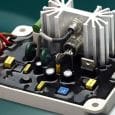

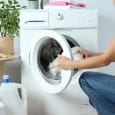




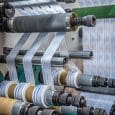



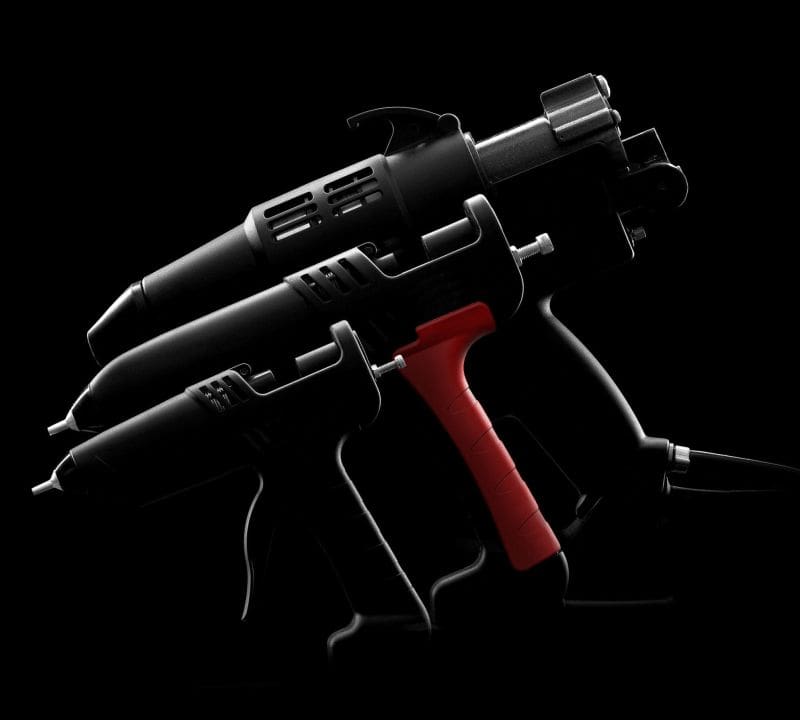
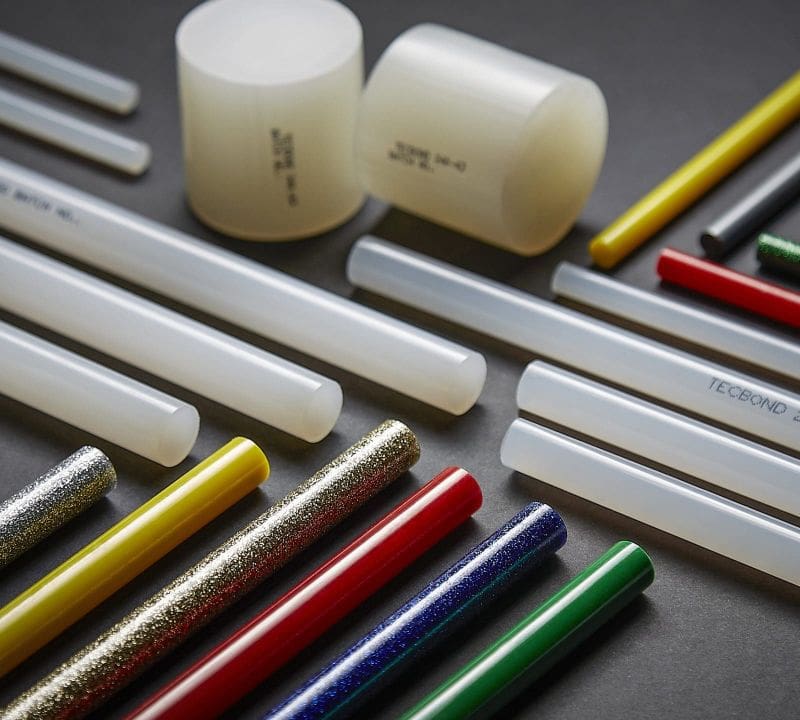
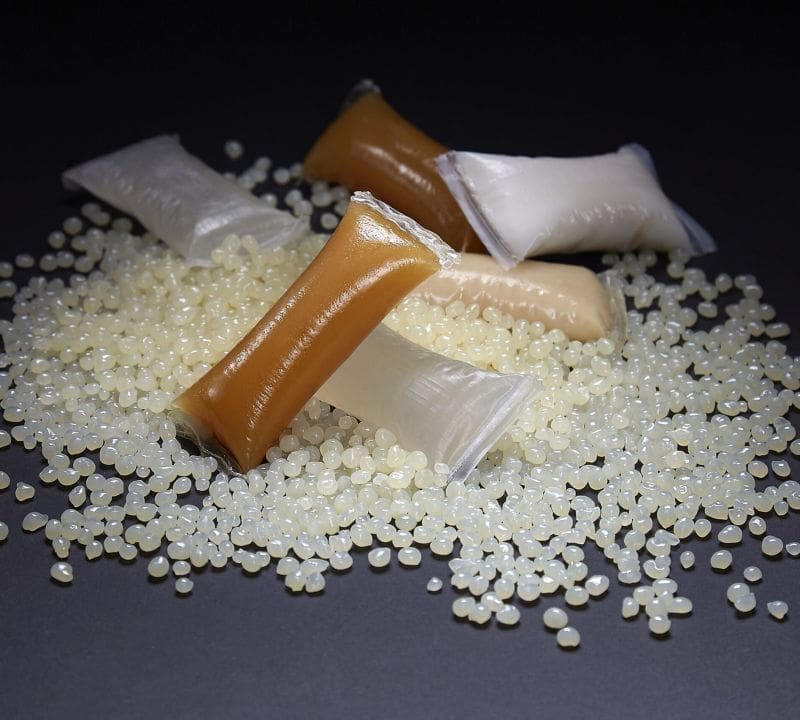
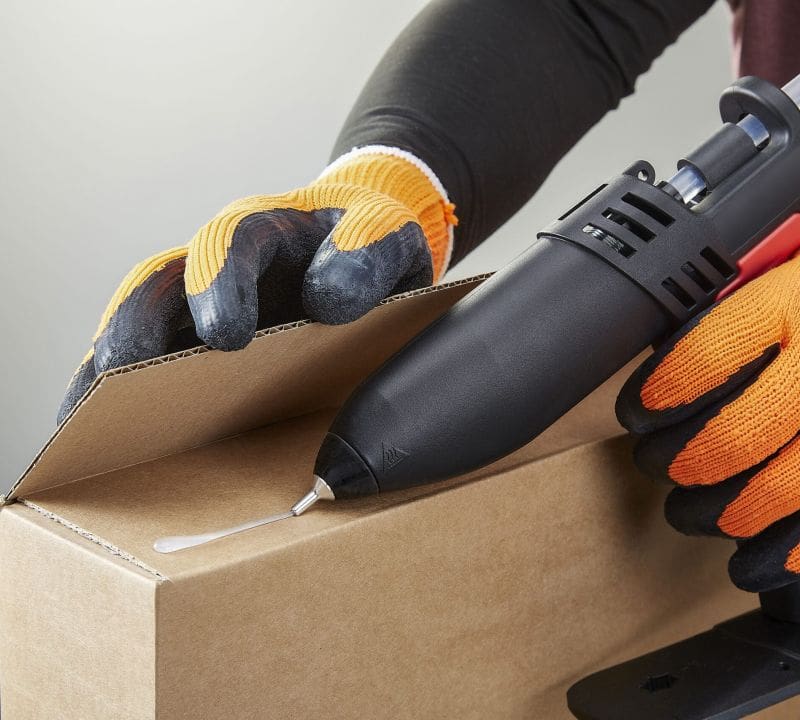


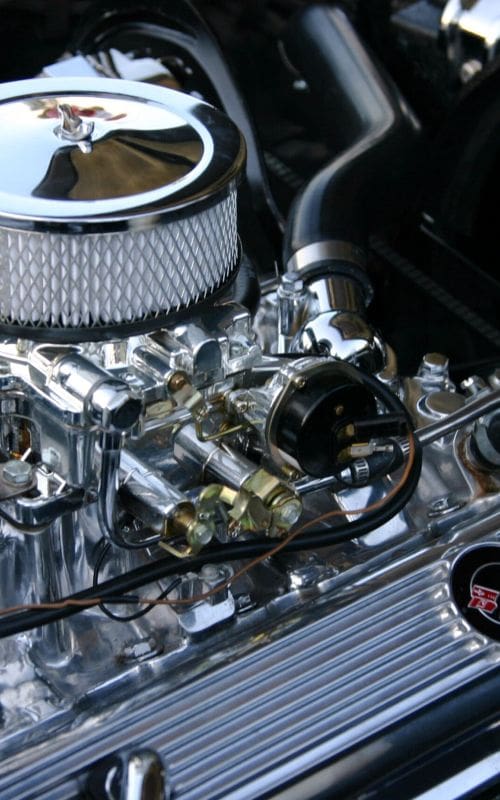

Leave a Reply